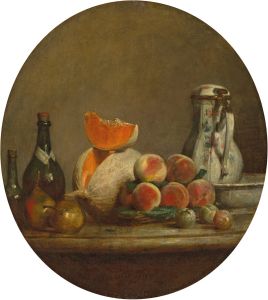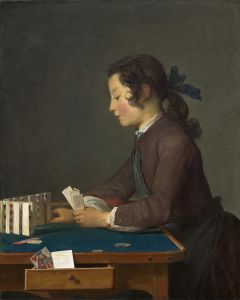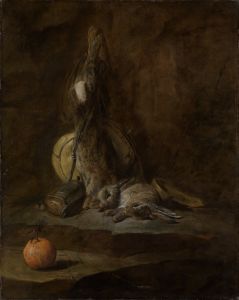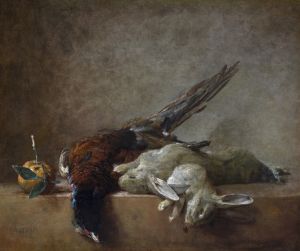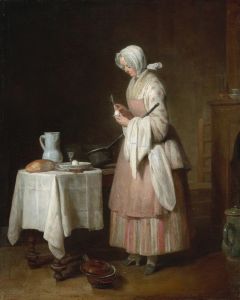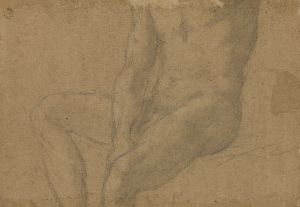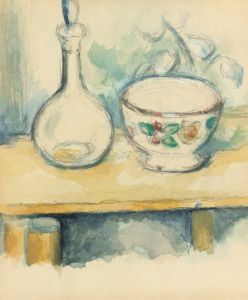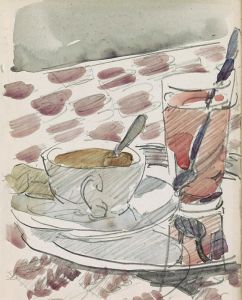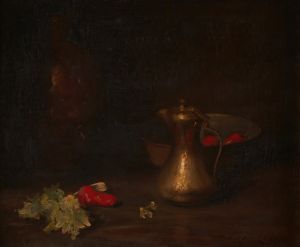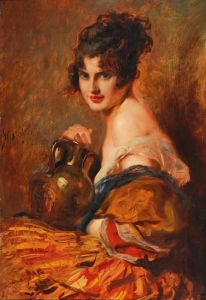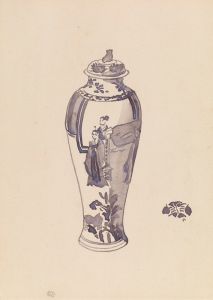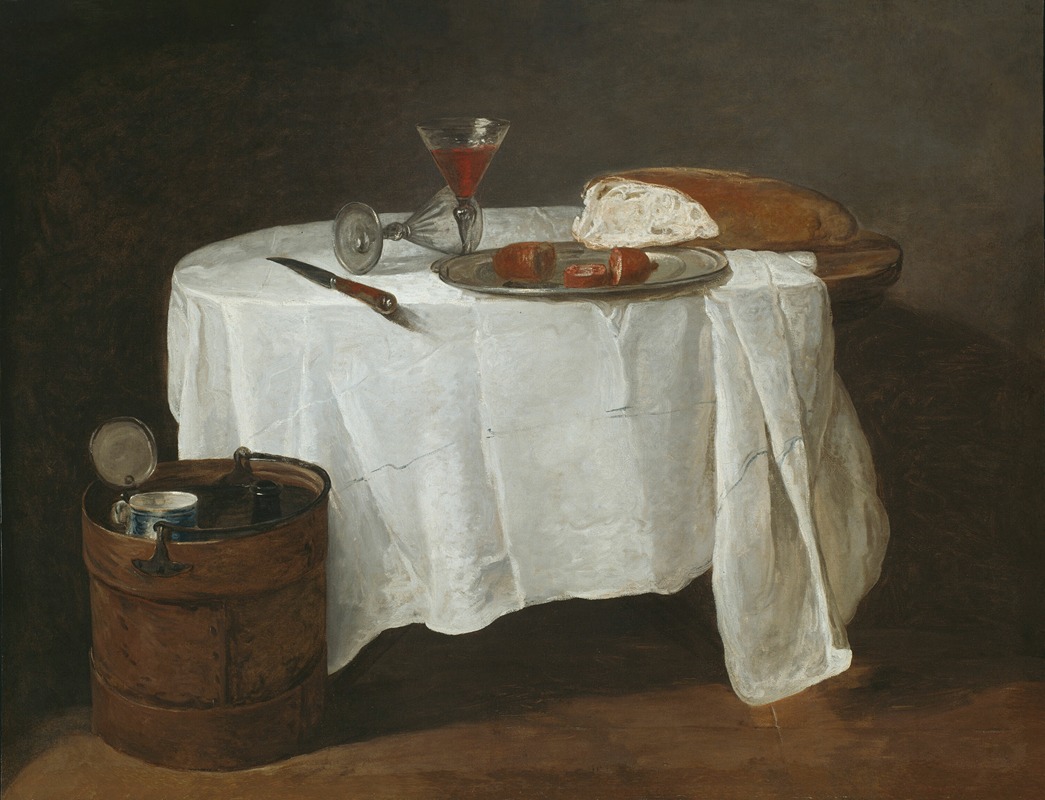
The White Tablecloth
A hand-painted replica of Jean Siméon Chardin’s masterpiece The White Tablecloth, meticulously crafted by professional artists to capture the true essence of the original. Each piece is created with museum-quality canvas and rare mineral pigments, carefully painted by experienced artists with delicate brushstrokes and rich, layered colors to perfectly recreate the texture of the original artwork. Unlike machine-printed reproductions, this hand-painted version brings the painting to life, infused with the artist’s emotions and skill in every stroke. Whether for personal collection or home decoration, it instantly elevates the artistic atmosphere of any space.
Jean Siméon Chardin, a prominent French painter of the 18th century, is renowned for his still life and genre paintings that capture the quiet beauty of everyday objects and domestic scenes. One of his works, The White Tablecloth, exemplifies his mastery of composition, texture, and subtle color harmonies. Painted in the mid-18th century, this artwork reflects Chardin's ability to elevate ordinary household items into subjects of profound artistic significance.
The White Tablecloth depicts a simple yet meticulously arranged still life scene. The focal point of the painting is a pristine white tablecloth, draped over a table, which serves as the foundation for a carefully selected assortment of objects. These include items such as a loaf of bread, a knife, a glass, and possibly a ceramic or metal vessel. Chardin's attention to detail is evident in the way he renders the textures of the objects, from the soft folds of the tablecloth to the reflective surfaces of glass and metal. The composition is balanced and harmonious, with a restrained color palette dominated by whites, browns, and muted tones, creating a sense of calm and order.
Chardin's approach to still life painting was distinctive in its focus on simplicity and realism. Unlike many of his contemporaries who favored elaborate and ornate compositions, Chardin preferred to depict humble, everyday objects with a sense of quiet dignity. His works often evoke a meditative quality, inviting viewers to appreciate the beauty of the ordinary. This approach aligns with the values of the Enlightenment period, which emphasized reason, observation, and the appreciation of the natural world.
The painting is also notable for its use of light and shadow. Chardin skillfully employs chiaroscuro to create depth and volume, giving the objects a tangible presence. The interplay of light on the white tablecloth highlights its texture and folds, while subtle shadows anchor the objects to the surface, enhancing the realism of the scene.
The White Tablecloth is housed in a museum collection, though specific details about its current location are not provided here. Chardin's works, including this painting, continue to be celebrated for their timeless appeal and their ability to transform the mundane into the extraordinary. His influence on later artists, particularly in the realm of still life painting, remains significant.





